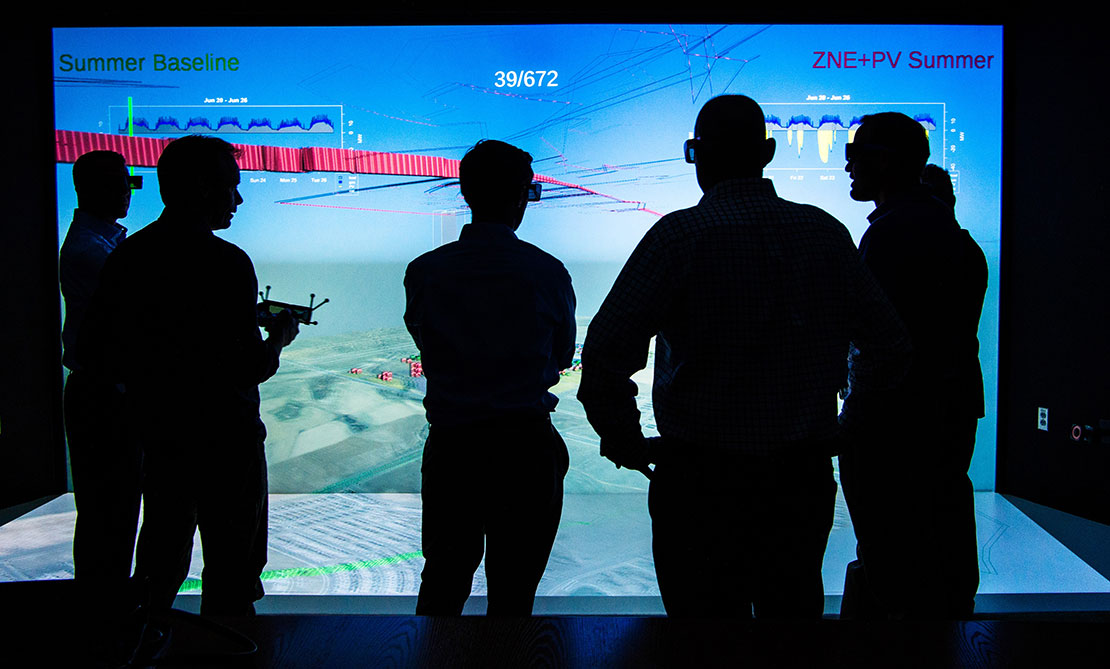Clearing the Path to Market: Enabling Energy Hardware Innovation and Incubation
May 2, 2019 — The support energy entrepreneurs receive as they navigate the vast expanse between the spark of an idea and entry into the market can spell the difference between groundbreaking success or mere fizzle.

In a 2019 white paper "New Approaches to Energy Hardware Innovation and Incubation," the Joint Institute for Strategic Energy Analysis (JISEA) takes a closer look at the emerging variety of approaches to support early-stage cleantech development of physical systems. Piggybacking off a 2016 JISEA white paper, authors David J. Garfield, Kate E. Moore, and Richard Adams from NREL's Innovation & Entrepreneurship Center offer a landscape view of some of the innovative approaches that have developed in recent years along with early metrics to gauge programmatic impact.
Three key findings emerged from the study. First, technology-focused innovation organizations show early signs of success in aiding startups across the Valleys of Death. Programs such as the Wells Fargo Innovation Incubator (IN2), co-administered by the National Renewable Energy Laboratory (NREL), were found to substantially improve the success rate of participating companies.
Second, the success of energy technology innovation depends on a multitude of support approaches. IN2, for example, provides innovators with access to expensive resources such as intellectual capital and equipment at NREL and the Donald Danforth Plant Science Center. Cyclotron Road at Lawrence Berkeley National Laboratory provides entrepreneurial scientists access to the lab, as well as offers entrepreneurial training. These programs all leverage their networks of corporations, investors, and advocates to facilitate interaction with other key resources to enable the development of these innovations into deployed products at scale. Other programs, such as PRIME Coalition and The Engine help entrepreneurs to scale financing hurdles. Each of these approaches have helped energy entrepreneurs strike success.
Finally, success begets success. The study found that many of these programs were expansions of earlier programs or were directly inspired by them. Shell GameChanger Accelerator Powered by NREL, for example, was built on the IN2 model. A Canadian cleantech program for female entrepreneurs, the Women in Cleantech Challenge, was spurred by the successes of IN2 and Cyclotron Road.
Early data suggests that such support programs are creating meaningful impact for the participating entrepreneurs and, unsurprisingly, demand for this type of assistance is on the rise, too.
Back to JISEA News >
